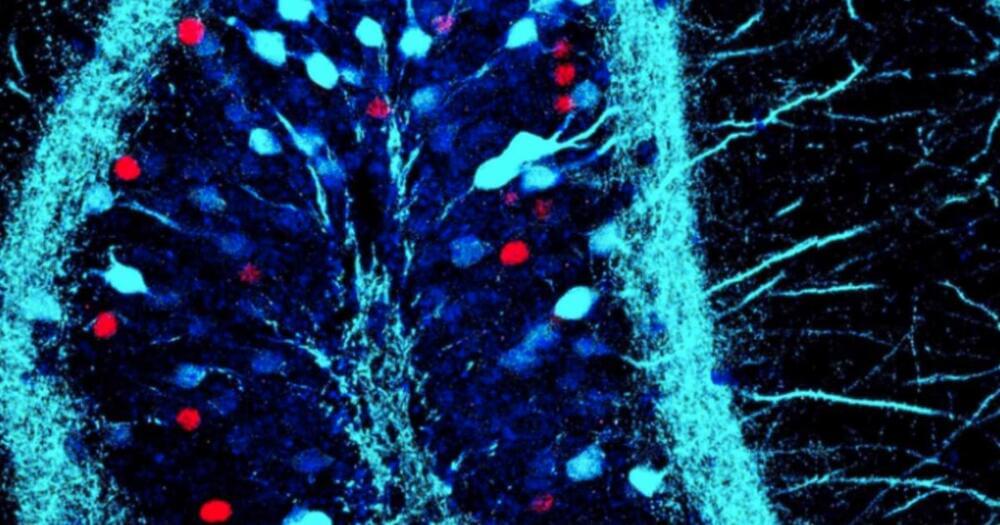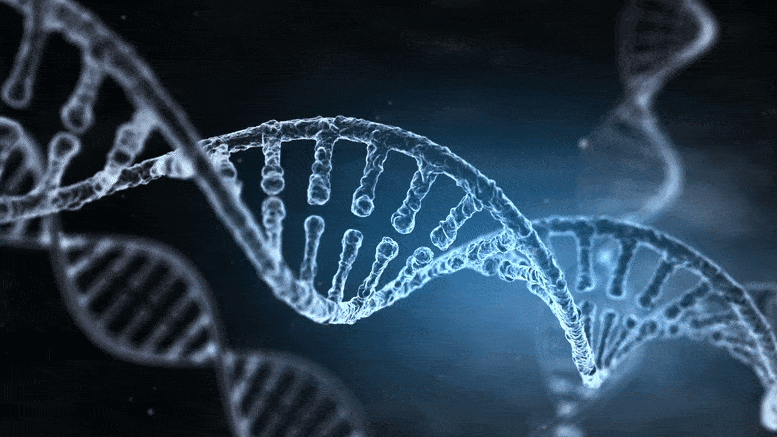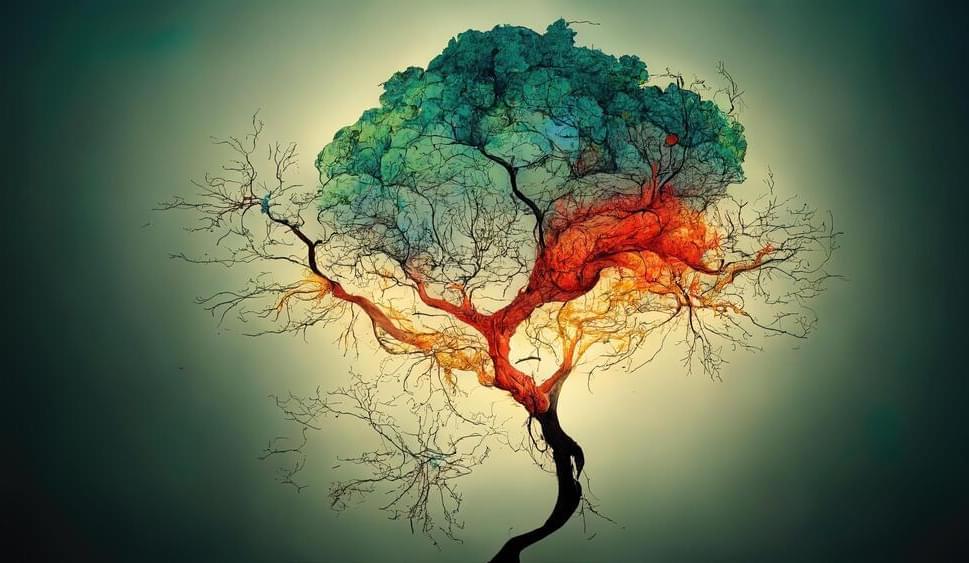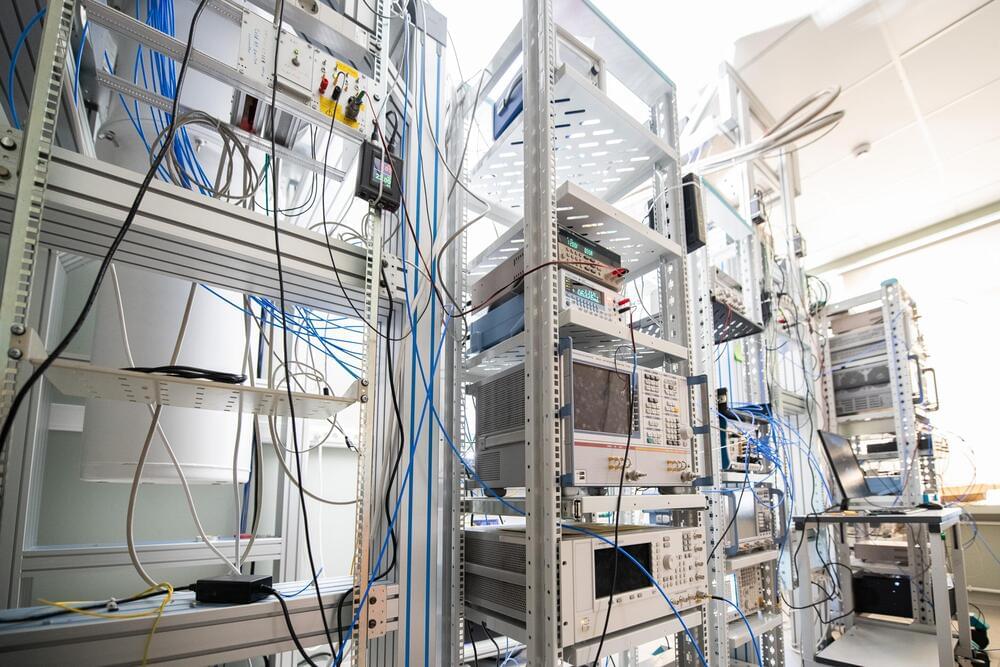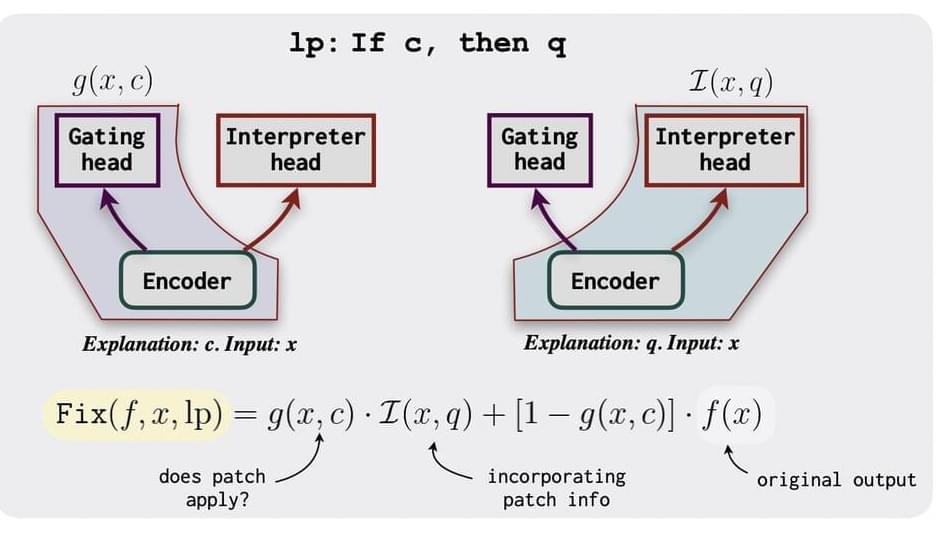Memories are stored in all different areas across the brain as networks of neurons called engrams. In addition to collecting information about incoming stimuli, these engrams capture emotional information. In a new study, Steve Ramirez, a neuroscientist at Boston University, discovered where the brain stores positive and negative memories and uncovered hundreds of markers that differentiate positive-memory neurons from negative-memory neurons.
In 2019, Ramirez found evidence that good and bad memories are stored in different regions of the hippocampus, a cashew-shaped structure that holds sensory and emotional information necessary for forming and retrieving memories. The top part of the hippocampus activated when mice underwent enjoyable experiences, but the bottom region activated when they had negative experiences.
His team also found that they could manipulate memories by activating these regions. When he and his team activated the top area of the hippocampus, bad memories were less traumatic. Conversely, when they activated the bottom part, mice exhibited signs of long-last lasting anxiety-related behavioral changes. Ramirez suspected this difference in effect was because the neurons that store good and bad memories have different functions beyond simply keeping positive and negative emotions. However, before he could unravel this difference, he needed to identify which cells were storing good and bad memories. The results were published in the journal Communications Biology.
